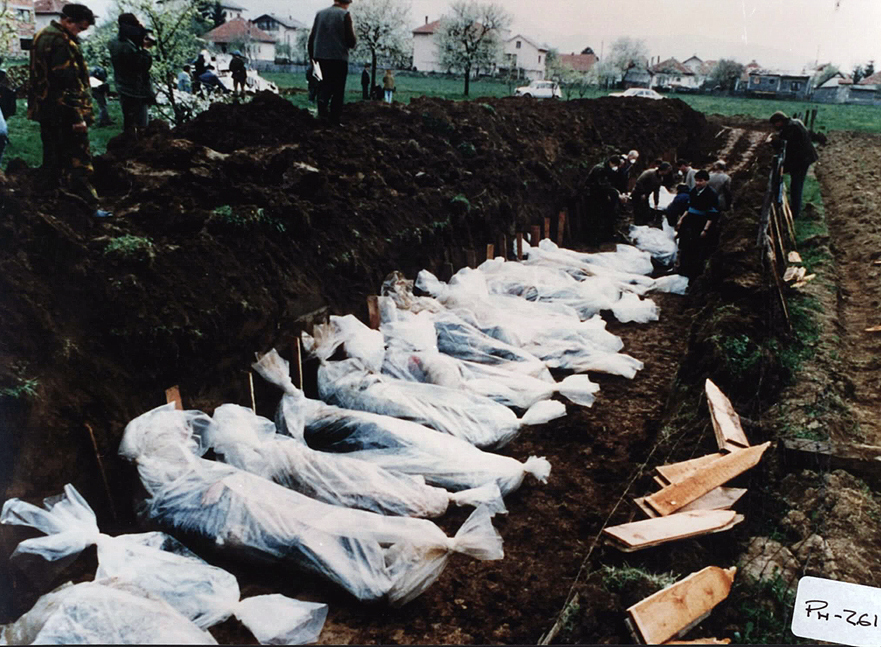Cow carcass. The children know this can’t be good
GULU, Uganda–Filda Okello, a 34 years old mother of six from Awal-kok village, Lukwir parish, Lalogi Sub County, Omoro district in the northern part of Uganda fears that her children may die as a result of famine caused by the long dry spell which continues to hit most parts of the country.
Without serious and quick intervention by the government and relief organizations disaster looms. Some locals are even wondering if they are being punished for abandoning tradiitonal practices that once preceded the rainy seasons.
Filda Okello says the crops which she and her husband planted in hope that the rains would fall in March have all dried up due to continued draught. She says they had opened up four acres of land for crops. We planted crops such as maize, groundnuts and beans expecting that the rains would fall immediately but up to now there is no rain and our crops have all withered she says.
The northern part of Uganda which usually receives rainfall from March, have not been receiving rain up till now. This state of affairs is threatening famine as families who rely on subsistence agriculture have had to use the little foodstuff which could only sustain them for the duration until their next harvest.
Pius Lumala, a local farmer in Cwero village, Gulu district, says he almost got beaten up by his relatives over the Easter weekend after they learnt that he had 10 sacks of sorghum in his home which they wanted him to share with them The people threatened to beat me up, they wanted me to give them all the sorghum because they have nothing, no food item, says Lumala. If I lock my house, the people will burn my house, our people were not expecting that the rainfall would fail them,” he adds, noting that he now fears those without stored food will break into his home. “Note that last year people in northern Uganda did not have good harvests, but they sold their crops expecting that the rains will not disappoint them.
Lumala urges the government and humanitarian organizations to distribute foodstuff to communities as they wait for the rains to fall. According to Early Warning Systems Network, a leading provider of early warning and analysis on food insecurity in the country, the current drought is affecting most parts of the country and has increased food prices. The retail price of maize (corn) and sorghum (a form of cereal) went up between 10 and 20 percent in most markets between January and February, due to declining stocks. Prices remain nearly 30 percent above average, and household purchasing capacity typically lower than it normally is in March.
On the other hand, Opira Amollo, a neighbor to Filda Okello in Cwero, believes that the current long spell is being caused because people no longer perform rituals they once did at the onset of rains.
As Amollo recalls, Kal Odoko-taya, a sub-clan to the Puranga chiefdom which is one of the chiefdoms in Acholi region, used to perform rituals to bring about rain using Agulu Kot – which translates as The Rain Pot. They were basically three cooking stones. The mill stones, according to a Puranga folklore, traces its roots in the mid 1750s, where it is said that a man one day appeared from nowhere at the chiefdom of Puranga whose chief then was Ogwang Okok. The stranger had what today would be considered cancer on the leg which he had draped in sisal rope. The chief welcomed him as per the Acholi culture of welcoming strangers.
On the first day, he asked a lady in the chiefdom to help him with warm water to clean his wounds but the lady refused. On the second day, he went to a different lady who also refused to give him warm water. On the third day, he went to another woman who agreed to boil water and put it in a carved wooden basin locally known as Wee. When the lady brought the new pot, the man uncovered his purported wounds and removed three mill stones which he placed in the pot and instructed the woman to bring a white hen, a white lamb and a bull with a white pot on the forehead. It is said that from that day onwards, there was such massive rain that the locals called it Oduure.
The stones have mysterious powers, Amollo says. He claims today’s unusual rain patterns are because people no longer honor these traditions. The three stones are kept inside a hut inside a pot called Kirubi. Water flows from it when it rains. If you try to move the stones it angers the gods that is why rain has disappeared, Amollo says.
On the other hand, most people who are not eager to embrace Amollo’s approach are paying close attention to the weather forecasts. The moderate relaxation of rains is expected around mid-June. Overall, there are high chances for near normal rains over this part of the country at that time.







